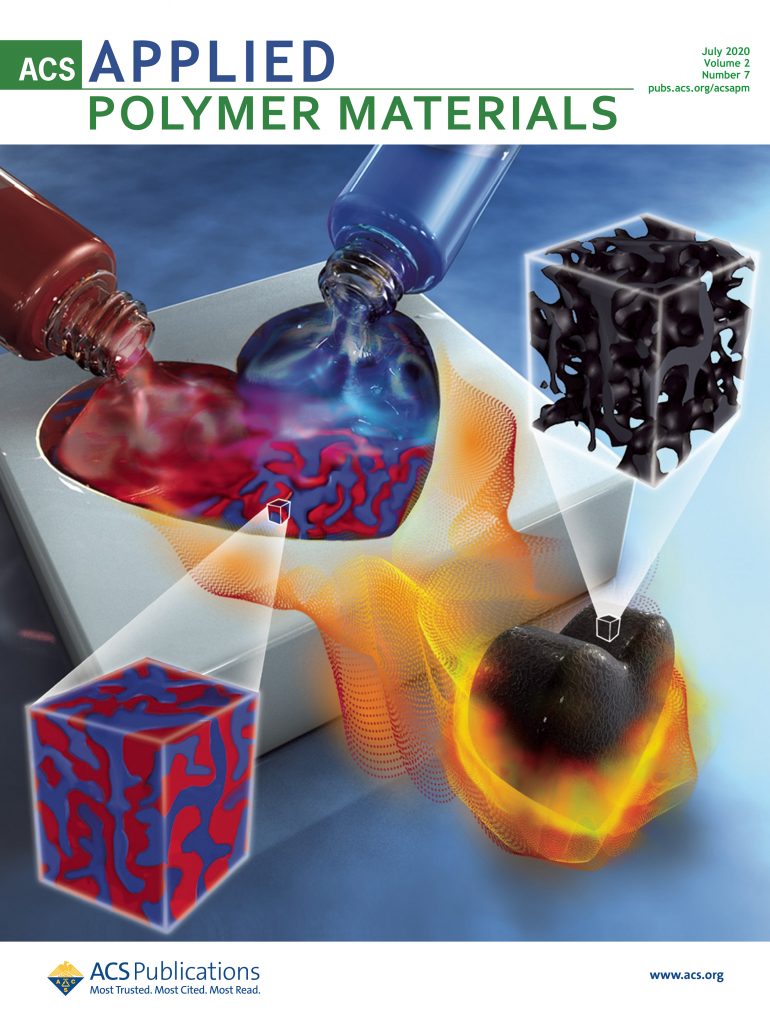珍珠与奥义:继发于原发性中枢神经系统血管炎的肿瘤样肿块病变。
IF 4.4
2区 化学
Q2 MATERIALS SCIENCE, MULTIDISCIPLINARY
引用次数: 0
摘要
原发性中枢神经系统血管炎(PCNSV)在肿瘤样病变的鉴别诊断中并不常见。本例肿瘤活动性 PCNSV 病例报告强调了一些影像学特征,这些特征应增加临床对中枢神经系统血管炎的怀疑,从而有助于早期诊断和治疗。一名 62 岁的男子因局灶性运动性癫痫发作和皮质感觉缺失就诊 1 个月,病灶位于右侧额顶叶。非对比头部 CT 提示为胶质瘤,因此静脉注射地塞米松并被送入神经外科。核磁共振成像表现为非典型胶质瘤,区域解剖结构相对保留,区域内有微出血,周围有斑点状强化。尽管CT血管造影、脑脊液和血清炎症指标正常,但脑活检结果提示为淋巴细胞性血管炎。对继发性病因的广泛检查结果呈阴性,他被诊断为肿瘤活性 PCNSV。使用皮质类固醇和环磷酰胺治疗后,他的临床和影像学状况得到了持续改善。肿瘤活性 PCNSV 是一种血管造影阴性的小血管炎,具有淋巴细胞组织学模式。肿瘤活动性 PCNSV 占 PCNSV 病例的 10%以上,可通过区内微出血、无弥散受限、斑片状或结节状强化模式来识别。最重要的模仿者是中枢神经系统淋巴瘤,其影像学和组织学模式与此相似。如果肿瘤活性 PCNSV 患者没有持续的免疫治疗反应,应立即进行重复活检。本文章由计算机程序翻译,如有差异,请以英文原文为准。
Pearls & Oy-sters: Tumour-Like Mass Lesion Secondary to Primary CNS Vasculitis.
Primary CNS vasculitis (PCNSV) is uncommonly considered in the differential diagnosis of tumor-like lesions. This case report of tumefactive PCNSV highlights imaging features that should increase clinical suspicion for CNS vasculitis, potentially lending to earlier diagnosis and treatment. A 62-year-old man presented with a 1-month history of focal motor seizures and cortical sensory loss localizing to the right frontoparietal lobe. Noncontrast head CT was suggestive of glioma, resulting in intravenous dexamethasone administration and admission to neurosurgery. MRI appearance was atypical for glioma, with relative preservation of regional anatomy, intralesional microhemorrhage, and patchy peripheral enhancement. Despite normal CT angiogram, CSF, and serum inflammatory markers, brain biopsy was suggestive of lymphocytic vasculitis. Extensive workup for secondary causes was negative, and he was diagnosed with tumefactive PCNSV. Treatment with corticosteroids and cyclophosphamide resulted in sustained clinical and radiologic improvement. Tumefactive PCNSV is an angiogram-negative small-vessel vasculitis that has a lymphocytic histologic pattern. Tumefactive PCNSV constitutes over 10% of PCNSV cases and can be recognized by the presence of intralesional microhemorrhages, absence of diffusion restriction, and a patchy or nodular enhancement pattern. The most important mimicker is CNS lymphoma, which has a similar imaging and histologic pattern. If individuals with tumefactive PCNSV do not have a sustained immunotherapy response, repeat biopsy should be promptly performed.
求助全文
通过发布文献求助,成功后即可免费获取论文全文。
去求助
来源期刊

ACS Applied Polymer Materials
Multiple-
CiteScore
7.20
自引率
6.00%
发文量
810
期刊介绍:
ACS Applied Polymer Materials is an interdisciplinary journal publishing original research covering all aspects of engineering, chemistry, physics, and biology relevant to applications of polymers.
The journal is devoted to reports of new and original experimental and theoretical research of an applied nature that integrates fundamental knowledge in the areas of materials, engineering, physics, bioscience, polymer science and chemistry into important polymer applications. The journal is specifically interested in work that addresses relationships among structure, processing, morphology, chemistry, properties, and function as well as work that provide insights into mechanisms critical to the performance of the polymer for applications.
 求助内容:
求助内容: 应助结果提醒方式:
应助结果提醒方式:


